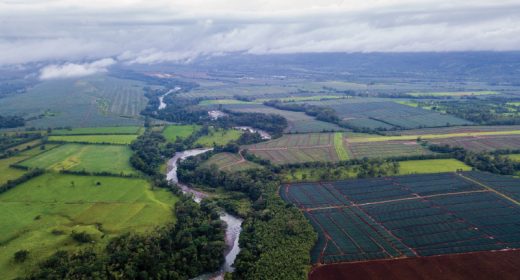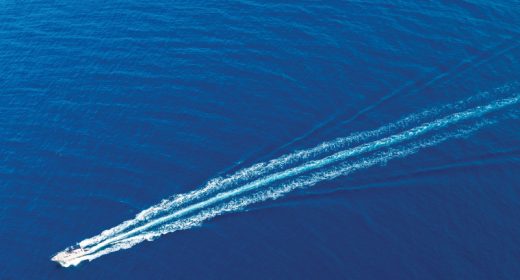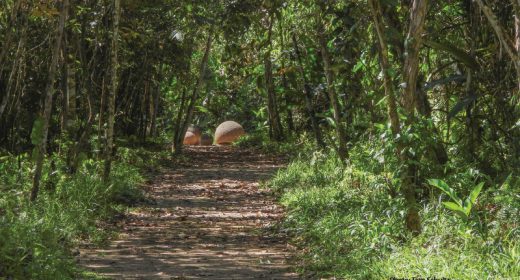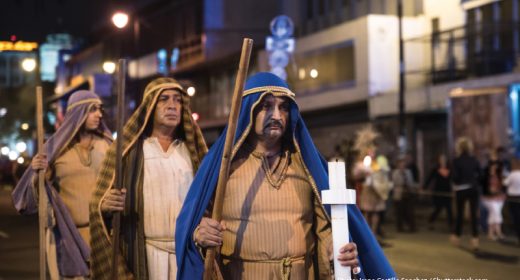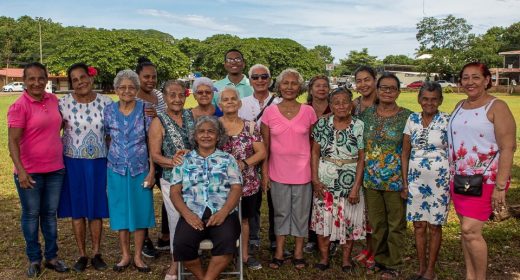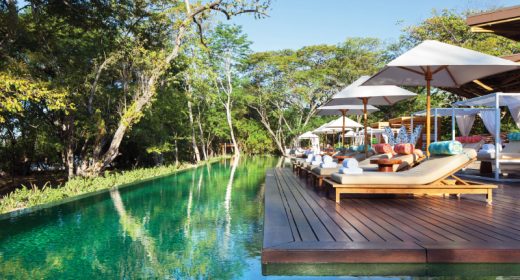
Spotlight – Feliz Dias Guanacaste!
- JUL 04, 2017Warning: count(): Parameter must be an array or an object that implements Countable in /home/howlermag/public_html/old/wp-content/themes/new-paper/includes/general.php on line 193
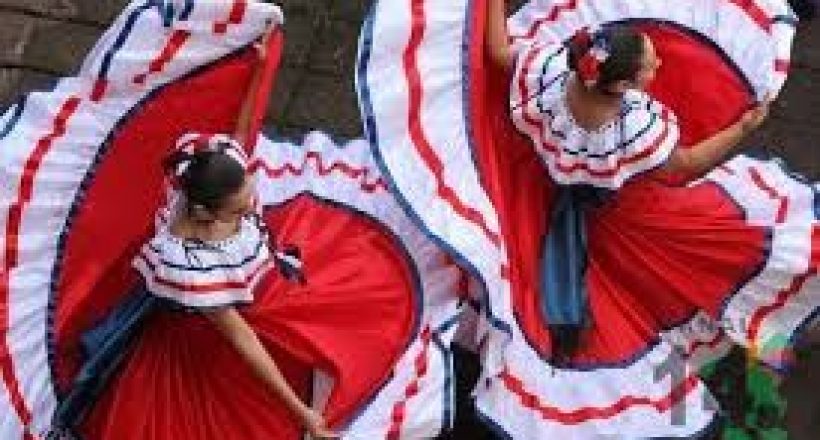
Your Lead Paragrpah goes here
[vc_row full_width=”full_width”][vc_column][vc_column_text]July 25th is the day Guanacaste commemorates its annexation from Nicaragua in 1824 to become a province of Costa Rica. The national holiday still has political as well as cultural significance in focusing on the region’s importance within the Costa Rican identity. Not only is it an occasion for celebrating Guanacaste’s food, customs and culture but also for hosting an annual visit by the President of the Republic to hear local lawmakers’ concerns and present investment plans.
Historically, Guanacaste Day marks the milestone date when the Nicoya party, representing the people of Santa Cruz and Nicoya, decided to separate from Nicaragua and join Costa Rica. In truth, it was more than a 10-year process. Since Central America declared independence as a group of nations, there were no official laws for the separation of regions at the time and at first, Liberia refused to join the annexation.
Today, however, the largest Guanacaste Day celebration takes place in Liberia, where it lasts a full week. The main attraction is the Tope, a parade of local horses and cowboys down Liberia’s main street. Thousands of Costa Ricans come out to see the most talented cowboys and horses in the area. The parade also involves children marching to the park at the center of town, wearing masks and dressing up as a variety of personages.
[/vc_column_text][/vc_column][/vc_row][vc_row full_width=”full_width”][vc_column width=”2/3″][vc_column_text]The event is a foodie’s dream! Traditional food stands sell local favorites like arroz de maíz (corn rice), a local delicacy consisting of corn cooked for hours on a wood-burning stove to resemble the traditional chicken and rice dish. Chicheme is a cold spicy corn beverage, also elaborated from hours of boiling. Other traditional foods include tamales, corn paste with pork or chicken and vegetables all wrapped in a plantain leaf and boiled. Don’t miss the handmade tortillas and bigorones, fried pork, yucca and salsa served in a plantain leaf. Outside of being invited into a Guancastecan grandmother’s kitchen, this the best place to try true local cuisine.
You can also enjoy local bands and traditional dance, where dance troupes wear the traditional red, white and blue colonial dress. At night, the atmosphere turns into a party; dance floors are in place with Imperial and Pilsen flowing. No Costa Rican festival is complete without a rodeo, and this is no exception. Mind you, the Costa Rican rodeo differs slightly from its northern counterpart. After the rider falls off the bronco, spectators take to the ring to taunt the bull while staying out of harm’s way, a truly unique experience.
[/vc_column_text][/vc_column][vc_column width=”1/3″][vc_gallery type=”image_grid” images=”3134″ img_size=”full”][/vc_column][/vc_row][vc_row full_width=”full_width”][vc_column width=”1/3″][vc_gallery type=”image_grid” images=”3133″ img_size=”full”][/vc_column][vc_column width=”2/3″][vc_column_text]July 25th also marks the day when the rest of Costa Rica has its eyes on Guanacaste, not only because it’s a paid official holiday but out of political interest. In 2016, the area’s government and business owners used the opportunity to demonstrate and bring attention to the water crisis. The President was met with thousands of people in the streets, including angry representatives wielding demands. During Chinchilla’s Presidency the Chamber of Commerce went as far as not inviting her to the event to show their deep contempt for her politics. This year, the President will not likely find so much resistance after announcing a huge allocation of funds for Guanacaste’s infrastructure, namely the $400 million investment and thousands of jobs created by Discovery Park’s construction.
Día de Guanacaste celebrates all that’s unique about the region’s culture and people compared to the rest of Costa Rica. The Guanacasteco people take great pride in having chosen Costa Rica as their nation. Proof of this is their famous slogan de la patria por nuestra voluntad, which means “part of this country by our own choice.” It’s a great opportunity to see and experience all the local community’s vibrancy and unity. Keep an eye out for local events all over Guanacaste, or join the multitudes in Liberia and have an unforgettable experience. [/vc_column_text][/vc_column][/vc_row][vc_row full_width=”full_width”][vc_column][vc_gallery type=”image_grid” images=”3131″ img_size=”full”][/vc_column][/vc_row]

